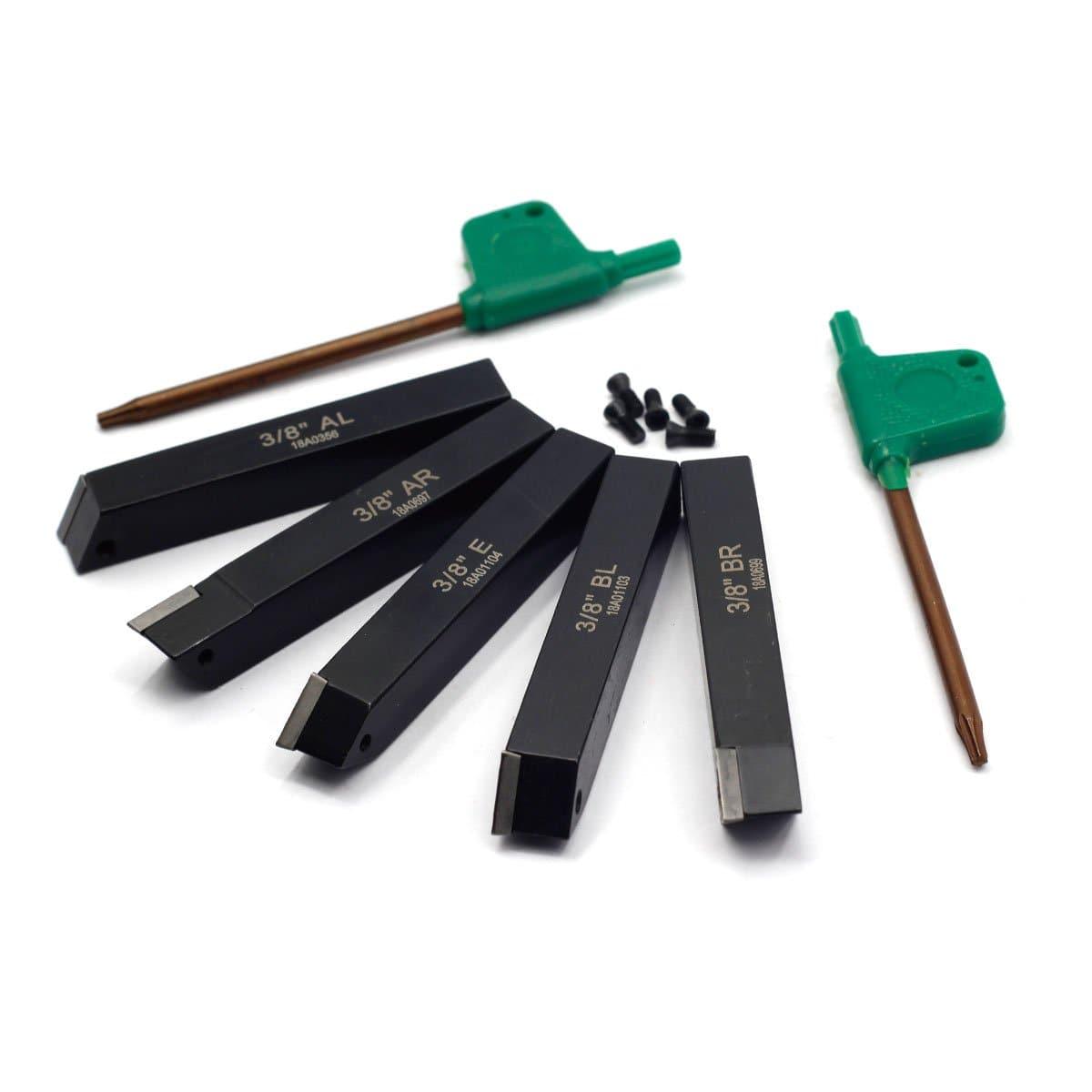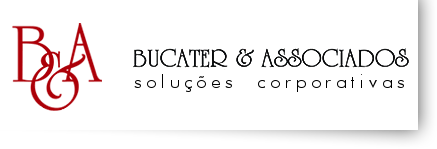Metal turning is a machining process that involves the use of various tools to shape and cut metal workpieces on a lathe. These tools are designed to perform specific tasks and enable precise control over the cutting process. Here are some common metal turning tools:
1. Roughing Gouge: This tool features a wide cutting edge and is used for quickly removing large amounts of material. It is ideal for initial rough shaping of the workpiece.
2. Spindle Gouge: The spindle gouge has a narrower cutting edge compared to the roughing gouge. It is a versatile tool used for shaping concave and convex curves, creating beads, coves, and other intricate details.
3. Skew Chisel: The skew chisel has a flat cutting edge angled at around 60 degrees. It is used for making smooth finishes and straight cuts. The skew chisel can also be used for planing, shearing, and scraping.
4. Parting Tool: This tool has a thin, pointed blade and is used for cutting off the workpiece to a desired length. It creates clean and accurate parting cuts, allowing finished pieces to be separated from the stock.
5. Bowl Gouge: Specifically designed for turning bowls and hollow vessels, the bowl gouge has a deep flute and a swept-back grind. It efficiently removes material and creates smooth curves within the workpiece.
6. Scraper: The scraper is a flat-bladed tool with a burr edge. It is used for smoothing and refining surfaces, often employed for finishing cuts and removing tool marks. Scrapers come in various shapes and sizes for different applications.
 METAL TURNING TOOLS | Findbuytool
METAL TURNING TOOLS | Findbuytool7. Beading and Fluting Tools: These specialized tools are used for creating decorative details such as beads, flutes, and other ornamental patterns on the workpiece. They have specific profiles and shapes to achieve desired designs.
8. Thread Cutting Tools: Turning threads on a workpiece requires thread cutting tools. These can include thread chasers or thread-cutting inserts. They come in various sizes and profiles to match different thread specifications.
9. Forming Tools: Forming tools have custom shapes designed for specific turning operations. They are used for creating complex profiles, such as decorative spindles, handles, and other unique shapes. These tools are often customized to match specific design requirements.
10. Knurling Tool: The knurling tool is used for creating a textured surface on the workpiece. It is commonly employed to enhance grip or add decorative patterns.
11. Faceplate: The faceplate is a circular metal plate attached to the spindle of the lathe. It allows irregularly shaped workpieces to be mounted securely for turning operations.
12. Chuck: The chuck is used for holding the workpiece securely and rotating it during machining. It provides stability and precise control over the turning process.
13. Centers and Drive: The live center and dead center are used in conjunction with the tailstock. The live center has a rotating point that supports the free end of the workpiece, while the dead center is stationary and provides additional support.
14. Measuring and Marking Tools: Various measuring and marking tools are essential for accurate machining. These can include calipers, micrometers, dial indicators, and center punches. They are used for precise measurements, alignment, and marking reference points.
These are some of the common metal turning tools used in lathe operations. Depending on the specific project, additional specialized tools may be employed to achieve desired shapes, finishes, or features on the workpiece.

